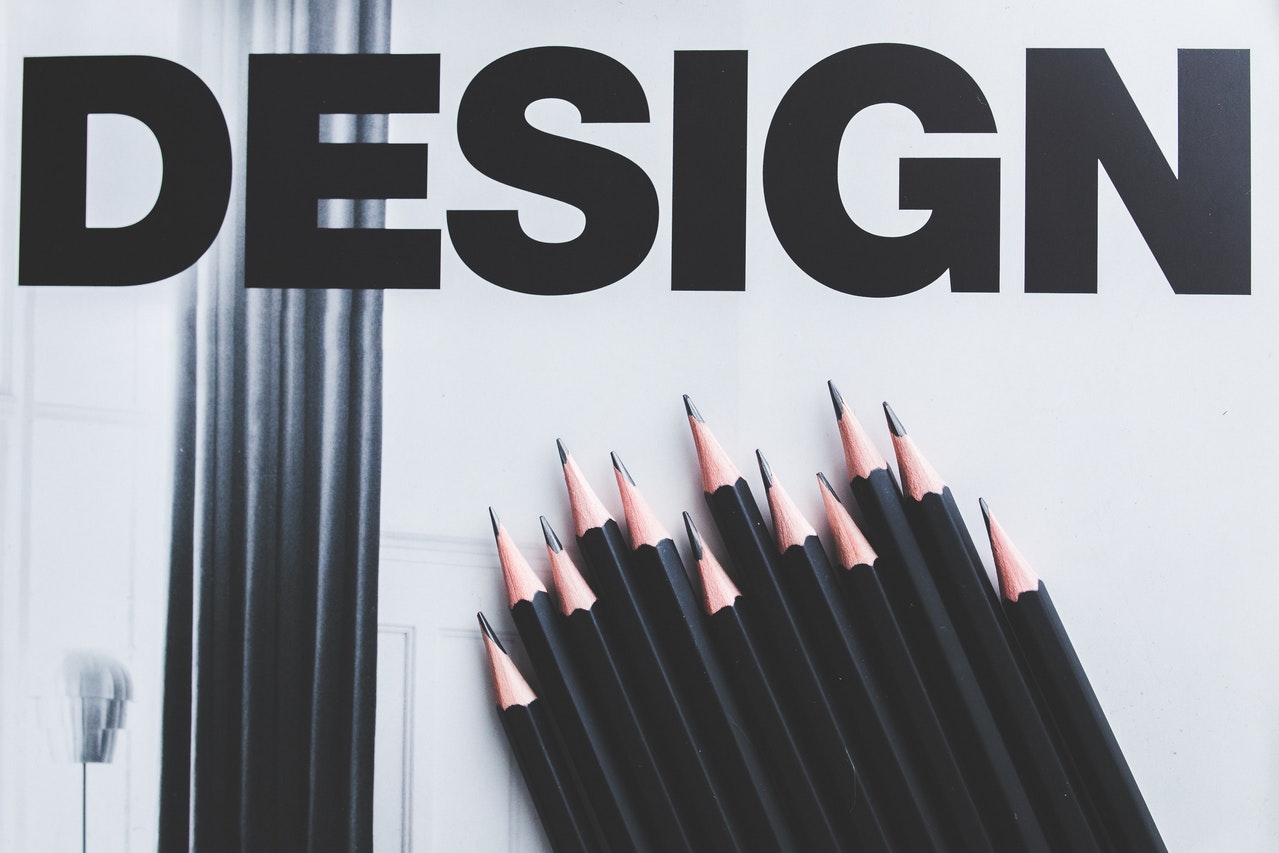CNC machining is used to make prototyping, although 3D printing has been the most common method of deriving prototypes. There is a need to look deeper into prototypes and understand their efficiency in CNC machining. Some companies use more advanced prototypes that look like the planned design and are programmed to function as the design. These are referred to as production and engineering prototypes. Enter CNC machines, which are used for such prototype production. The machines highlight the strength and the mechanical advancements of a product’s design in its early stages of development. So, what is all the hype about CNC machining in prototyping? Read on to find out!
Advantages of Prototyping With CNC Machining
The advantages of prototyping with CNC machining are many, starting with speedy production, high-end quality, a wide range of materials, and accuracy of the final product. The advantages are discussed below:
1. Accuracy of the Design
CNC “elements” are advantageous to the CNC when creating prototypes. The prototype is decrypted initially from a file source that data is fed into a machine. It will try to match the digital 3D design as close as possible. The prototype design can create more accurate dimensions than the actual design. When a machine produces a poor design resulting from a physical flaw, the mechanical engineer can easily retrace it back to the CAD software and make necessary adjustments for the next prototypes machining design.
2. Quality and Consistency
There could be a tendency for devices to break down, malfunction, and crash. Computer-controlled machines have little to no malfunction if programmed properly. They follow the data input precisely, following through with all accuracy and precision.
3. Range of Materials
Most prototypes don’t have a mechanical purpose. For such prototypes, 3D printing is advisable, but prototyping with CNC is for prototypes that require a heavy type of material, and whose design is mechanical. For example, Aluminum and stainless steel.
4. Final Product Quality
The high capacity of recreating similar products from the original designs is one of the best advantages of CNC prototyping. Another factor to consider is the materials, as many machining prototypes can use the same materials and create various products with a different range. Also, the quality of the machines should be durable and robust to handle all types of heavy-duty material. The prototype has to be created to look very similar in appearance and functionality as close to the design, making editing the product more accessible.
Bottom Line
Prototypes have different functions as the basis of CNC machining, including making props for a design and giving information visually on how the final product will look. Some mounts are generally high quality and can be used as a pitch for a particular product as the product gets finalized, but the props don’t need to look high-end. Here you have seen the great significance of prototypes in CNC machining and their advantages. The advantages make it easier and guarantee that the production output will be high quality.










